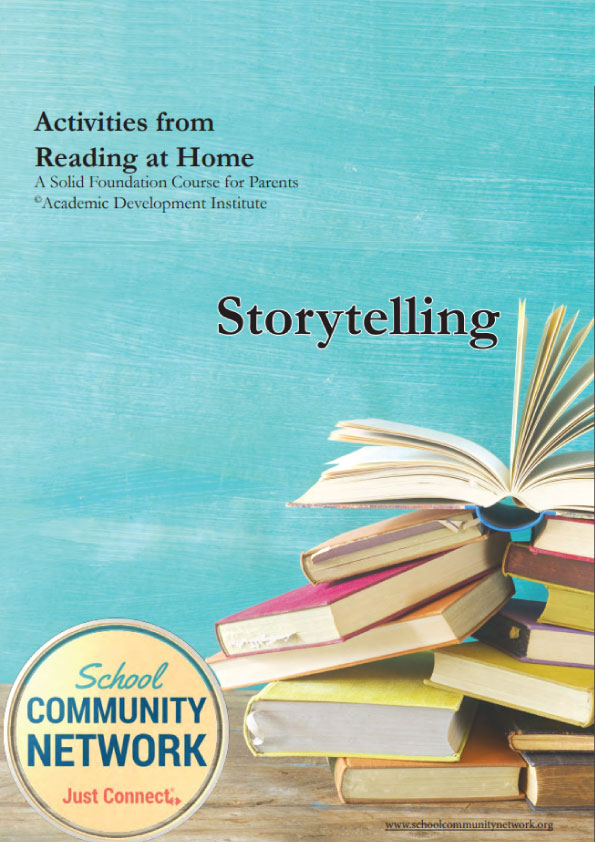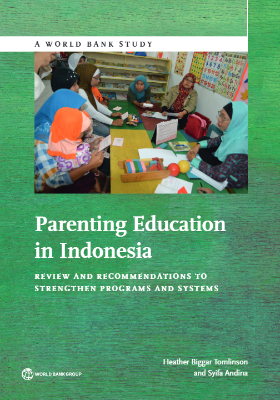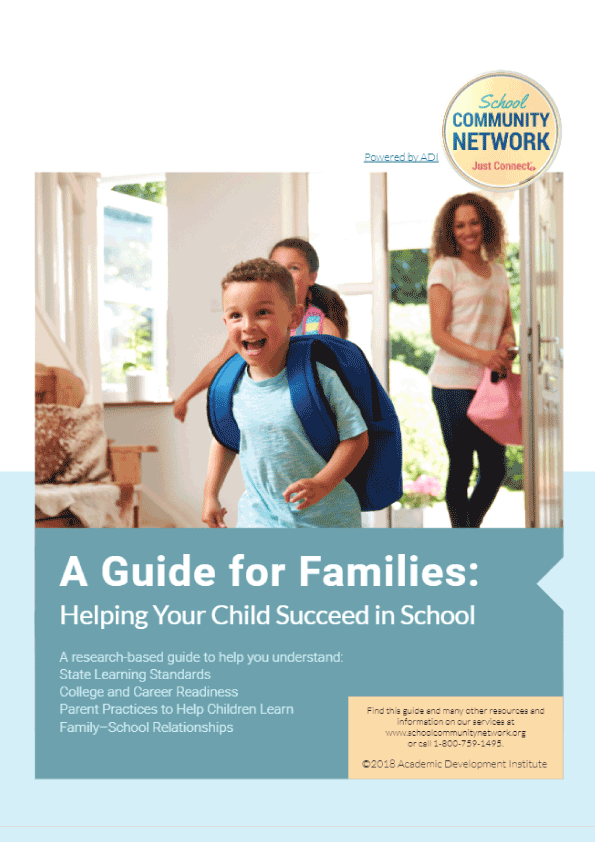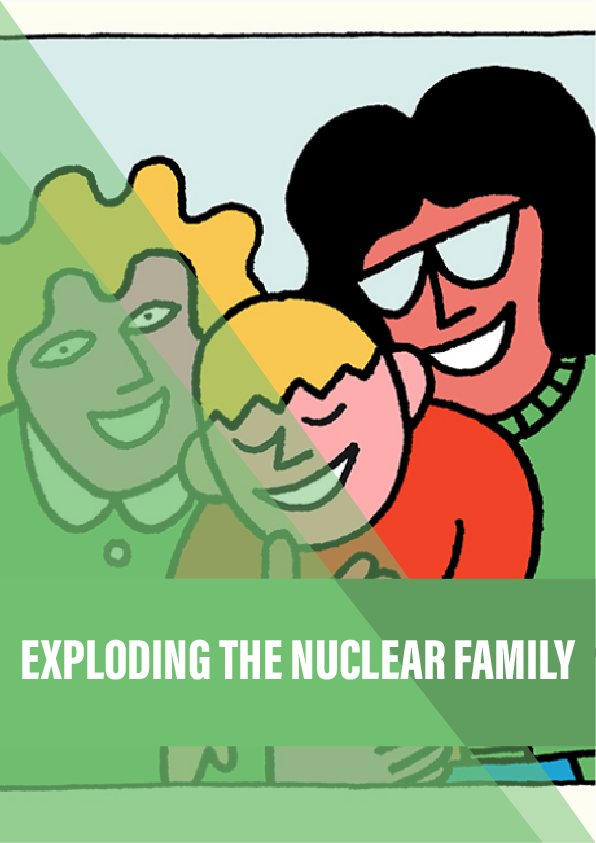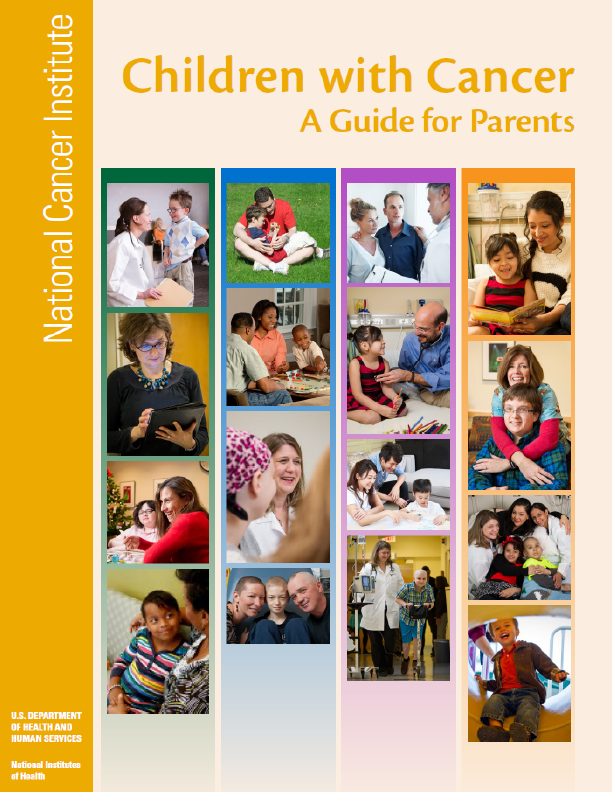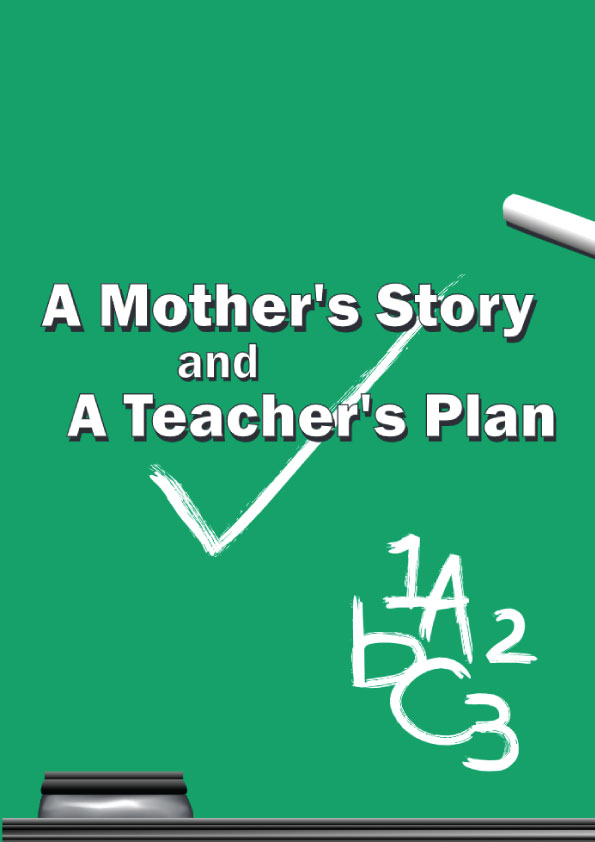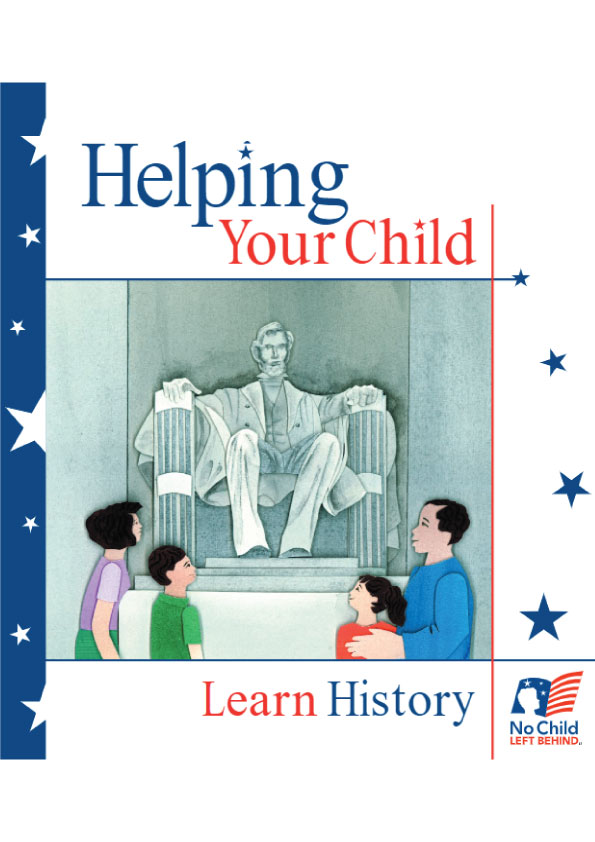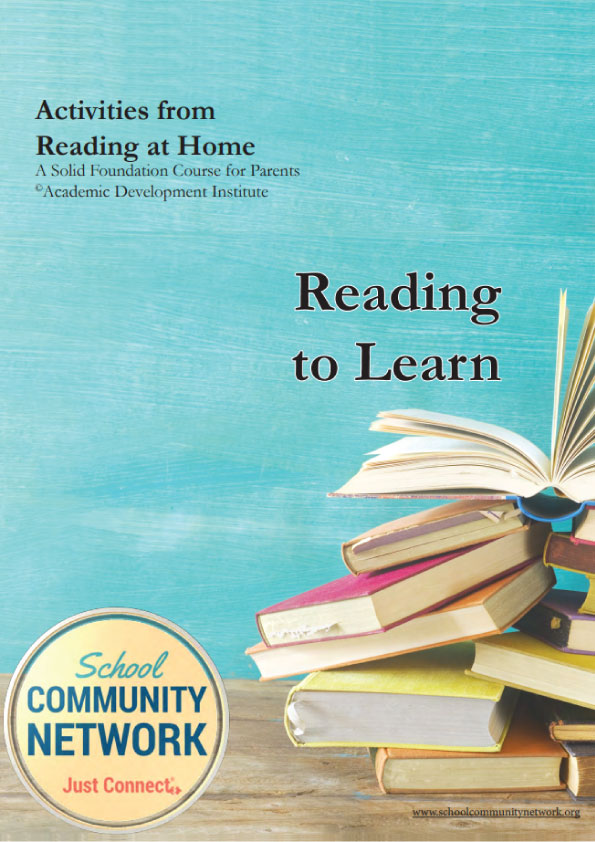Storytelling
Every culture is rich with oral tradition, with stories that tell of its history and its heroes. Every family has its own stories—serious stories and funny stories.
Stories are also the basis of literature.
Stories may tell of actual events, or they may be complete fiction. Family storytelling encourages a love for good stories and good reading.
Parts Of A Story
Parents can use stories to instill in their children a love for words, reading, and literature. By learning how a story is constructed, parents can become expert storytellers. They can also teach their children to tell stories.
- Introduction. Storyteller describes the characters and the setting.
- Problem. Storyteller creates a problem and adventure for the characters.
- Solution. After some adventure, storyteller solves the character’s problem.
Family Stories
What stories do your children enjoy? Think of a fairy tale, real family adventure, episode from your life, or other story your children have enjoyed hearing from you.
- Write the topic of the story (just a few words)
- What is the main problem in the story?
Take turns telling stories with your family. Talk about the beginning (introduction), middle (problem), and end (solution) of the story.
Active Listening
Good listening requires just as much skill and effort as good speaking. Explaining this to children helps them to be better listeners in school, with family, and with their friends. The following rules for ACTIVE listening are helpful:
- Alert. Be attentive, alert.
- Concentrate. Don’t be distracted.
- Talk less. Listen more.
- Interact. Smile, respond, nod, and ask questions.
- Visualize. Picture in your mind what you are hearing.
- Eye contact. Look the person in the eyes.
Practice active listening by pairing up. One partner starts telling a story, and the other partner uses active listening. Use a timer or a third person to signal the partners to switch roles every 20 seconds for several rounds of speaking and listening. Then talk about what you remember from the storyteller and how it felt when you were the one speaking and the partner was practicing active listening.
Story Circles
When two or more people are together, they can create a story with a method called story circles. One person begins the story with an introduction—providing the setting and introducing the main characters. When finished, the next person adds to the story. When that person is finished, the next person continues. Each person decides how much to say. Everyone who is not speaking practices active listening. The story circle continues as long as the group enjoys developing the story. Children can learn to make up an introduction, too.
Example Introduction:
“It was a rainy autumn day in the fishing village of Highland Bay, where John and Alice were launching their boat into the mist. The night before, they had been up late repairing the huge hole in their net. They wondered if this new day would bring another adventure.”
As you practice storytelling, refer to and use the Help • Check • Praise method outlined in “Talking About Reading” from this series of Activities from Reading at Home booklets.
